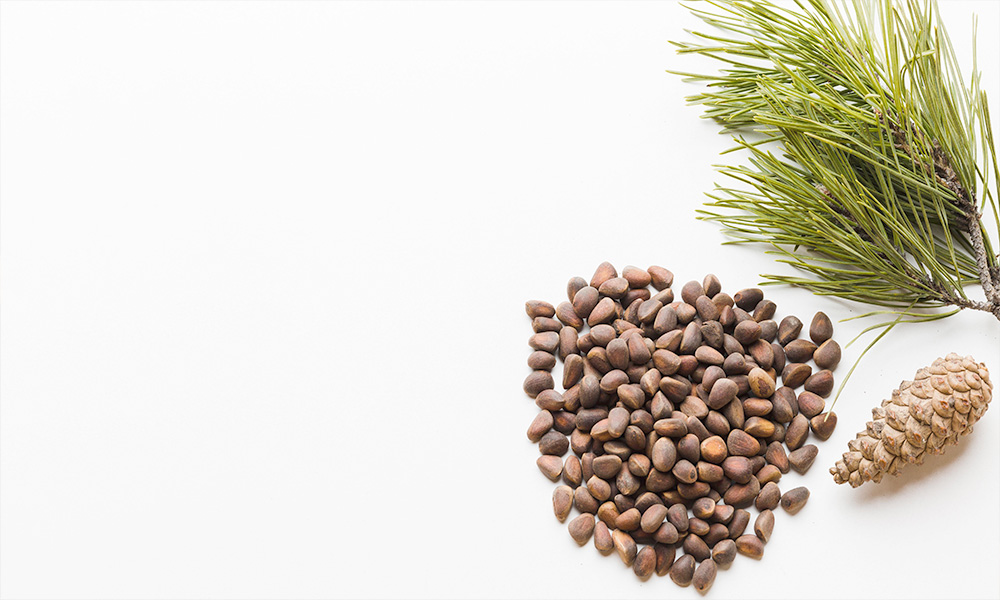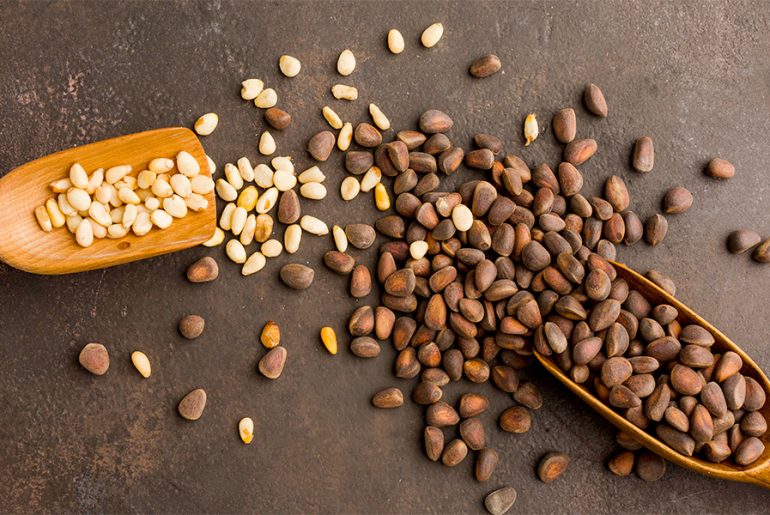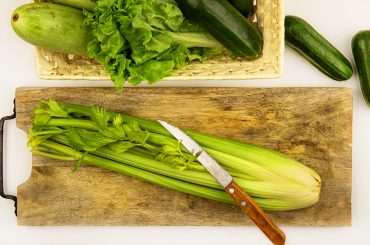Foenegriek, scientifically known as Trigonella foenum-graecum, stands as one of nature’s most remarkable healing herbs with over 6,000 years of documented medicinal use. This golden-brown seed has captured the attention of health enthusiasts worldwide for its impressive array of therapeutic properties and distinctive maple-like aroma. From ancient Egyptian tombs to modern kitchens, foenegriek continues to prove its worth as both a culinary treasure and wellness powerhouse.
What Makes Foenegriek Special?
Foenegriek is a member of the Fabaceae family, cultivated for its distinctive amber-colored seeds that deliver exceptional nutritional value. Each tiny seed is loaded with essential nutrients including dietary fiber, plant-based protein, iron, manganese, and magnesium. The unique compound 4-hydroxyisoleucine found in foenegriek seeds plays a crucial role in many of its health-promoting effects, particularly in blood sugar regulation.
The herb’s distinctive bitter-sweet flavor profile makes it instantly recognizable. When ground, foenegriek seeds release an aromatic essence reminiscent of burnt sugar and maple syrup, adding depth to countless culinary creations across various cultures.
Remarkable Health Benefits of Foenegriek
Blood Sugar Management
Research demonstrates that foenegriek may help regulate blood glucose levels, making it particularly valuable for individuals managing diabetes. The high fiber content slows digestion and carbohydrate absorption, leading to more stable blood sugar levels throughout the day.
Hormonal Balance Support
Foenegriek has gained recognition for its potential to support hormonal health in both men and women. Studies suggest it may help enhance testosterone levels in men, while also providing relief from menstrual discomfort and menopausal symptoms in women.
Lactation Enhancement
One of the most well-documented uses of foenegriek involves increasing breastmilk production in nursing mothers. Many lactation consultants recommend foenegriek supplements to support healthy milk supply naturally.
Digestive Wellness
The mucilaginous properties of foenegriek seeds make them excellent for soothing digestive irritation. Traditional medicine systems have long utilized foenegriek as a gentle remedy for stomach upset, inflammation, and digestive irregularities.
Culinary Applications and Cooking Methods
Whole Seeds vs. Ground Powder
Foenegriek seeds can be challenging to grind due to their hardness, but processing them in a grinder produces the best culinary results. Whole seeds work excellently for tempering in oil, while ground powder blends seamlessly into spice mixtures and marinades.
Popular Cooking Techniques
Tempering and Toasting: Add whole foenegriek seeds to hot oil, ghee, or butter to release their aromatic compounds before incorporating into curries, lentils, and stews. This technique, known as tempering, maximizes flavor extraction.
Spice Blending: Ground foenegriek serves as a cornerstone ingredient in numerous spice blends, including garam masala, berbere, and curry powders. Its unique flavor profile complements other warm spices like cumin, coriander, and turmeric.
Soaking and Sprouting: Soaking foenegriek seeds overnight softens their texture and reduces bitterness, making them more palatable for direct consumption or sprouting.
Practical Ways to Incorporate Foenegriek

Daily Consumption Methods
potent flavor can be overwhelming” with “intense taste may be too strong for newcomers. Consider these approaches:
- Sprinkle powdered foenegriek into blended drinks or dairy products
- Brew foenegriek tea by steeping crushed seeds in hot water
- Include whole seeds in homemade bread recipes
- Blend powdered foenegriek with vinaigrettes or meat seasonings
Storage and Preparation Tips
Store foenegriek seeds in airtight containers away from light and heat to preserve their potency. Ground foenegriek should be kept in a dark, cool place and used within six months for optimal flavor.
Safety Considerations and Dosage
While foenegriek offers numerous benefits, moderation remains key. Pregnant women should avoid large quantities, as the herb may stimulate uterine contractions. Individuals with diabetes should monitor blood sugar levels closely when incorporating foenegriek supplements, as it may enhance the effects of diabetes medications.
Start with small amounts (1/4 teaspoon of ground seeds or 1-2 teaspoons of whole seeds daily) and gradually increase as your body adapts to its effects.
Growing Your Own Foenegriek
Growing foenegriek is surprisingly easy and can be accomplished in garden beds or container gardens. These plants thrive in soil with good drainage and require direct sunlight for optimal growth. Seeds typically germinate within 7-14 days, and plants reach maturity in approximately 3-4 months.
Conclusion
Foenegriek embodies the harmonious blend of traditional knowledge and contemporary research findings. Its versatility as both a culinary spice and therapeutic herb makes it an invaluable addition to any health-conscious lifestyle. Whether you’re seeking to manage blood sugar levels, support hormonal balance, or simply explore new flavors in your cooking, foenegriek offers a natural solution backed by thousands of years of traditional use and contemporary research. Start small, be consistent, and discover how this remarkable seed can enhance your journey toward optimal wellness.






